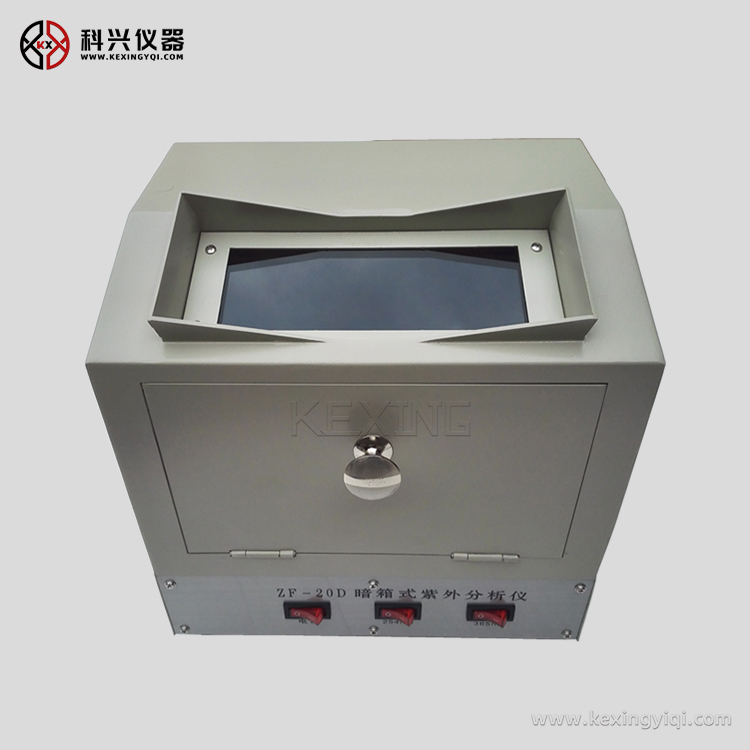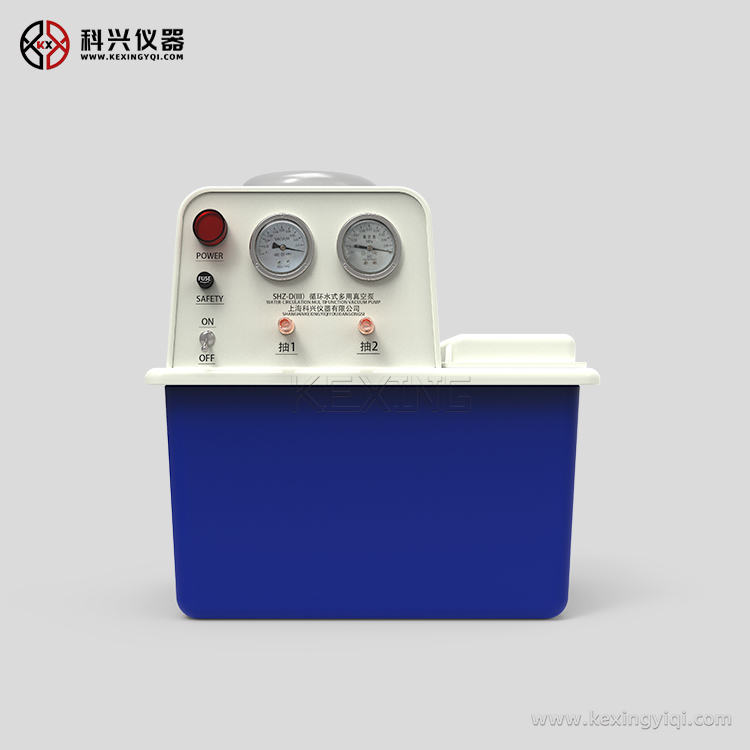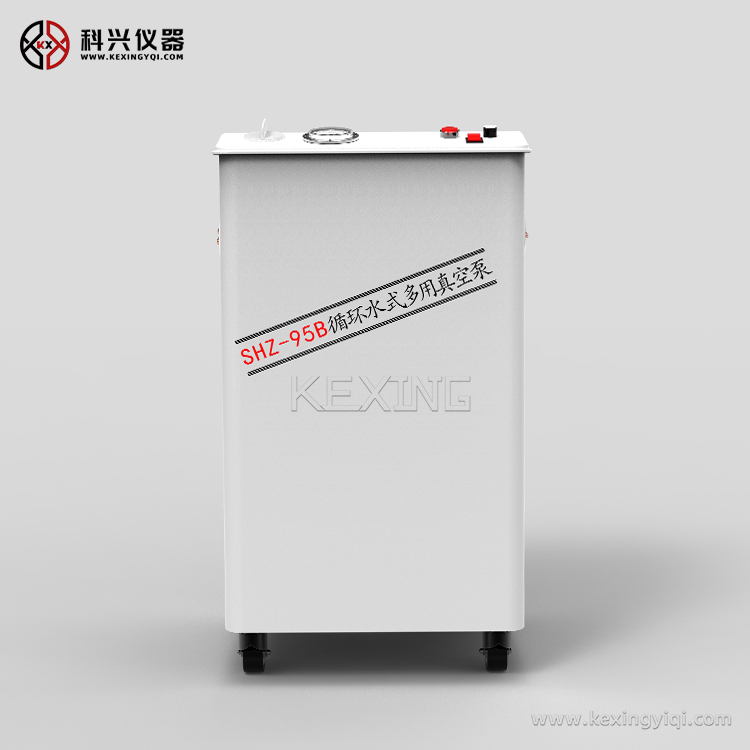Guidelines for Feeding Technology and Operation of Double layered Glass Reactor
Release time:2025-02-16 21:19:52 author:企管部 Page View:1

In laboratories and industrial production in fields such as chemistry, pharmaceuticals, materials science, and biotechnology, the performance of reaction vessels as core equipment directly affects the accuracy of experimental results and production efficiency. Among the numerous materials used in reaction vessels, glass reaction vessels have gradually become the preferred choice for many researchers and engineers due to their unique advantages. This article will delve into several core benefits of choosing a glass reaction vessel and reveal why it stands out among numerous reaction equipment.
1、 Transparent visibility, intuitive monitoring of reaction process
The biggest highlight of glass reaction vessels is their excellent transparency. This feature allows experimenters to directly observe changes in the state of reactants inside the kettle, including color changes, bubble generation, precipitation formation, etc., without the need for frequent lid opening sampling. This not only reduces the risk of external pollution, but also greatly improves the real-time and accuracy of the experiment. In experiments that require precise control of reaction conditions, such as temperature, pressure, stirring speed, etc., this intuitive monitoring ability is particularly important, which helps to adjust parameters in a timely manner and ensure that the reaction proceeds according to the expected path.

2、 Strong corrosion resistance, adaptable to various reaction systems
High quality glass materials, especially borosilicate glass, have excellent chemical stability and can withstand the erosion of various acids, bases, and organic solvents, providing a wide range of reagent selection space for experiments. This means that whether conducting catalytic reactions under acidic conditions or hydrolysis reactions under alkaline conditions, glass reactors can work stably, reducing equipment damage and experimental failures caused by improper material selection.
3、 Easy to clean and maintain, ensuring experimental purity
The inner wall of the glass reaction vessel is smooth and not prone to residual reactants, making cleaning relatively simple. After use, simply rinse with an appropriate solvent to remove most of the residue. If necessary, ultrasonic cleaning can be used to ensure that the kettle is clean and free of contamination. This feature is particularly important for experiments that require high-purity products, as it can effectively avoid cross contamination and ensure the reliability of experimental results.

4、 Accurate temperature control enhances reaction efficiency
Modern glass reactors are typically equipped with advanced heating/cooling systems that enable precise temperature control. Through the PID temperature control algorithm, the system can quickly respond to temperature changes and maintain the temperature inside the kettle stable near the set value, which is crucial for reactions that require strict temperature control. Accurate temperature control can not only improve reaction rate, but also optimize product selectivity and enhance overall experimental efficiency.
5、 Flexible design to meet diverse experimental needs
The design of glass reaction vessels is flexible and versatile, and different volumes, shapes, and interface configurations can be customized according to experimental needs. Whether it's small-scale exploratory experiments or large-scale production scaling up, suitable models can be found. In addition, many glass reaction vessels also support modular design, which facilitates the addition of additional functional modules such as condensation reflux, gas inlet and outlet, pressure sensors, etc., further expanding their application scope.

conclusion
In summary, glass reactors have demonstrated strong competitiveness in chemical experiments and industrial production due to their transparency, corrosion resistance, easy cleaning, precise temperature control, flexible design, and high safety performance. Choosing a glass reactor not only means choosing efficient, safe, and precise experimental conditions, but also lays a solid path for scientific research exploration and technological innovation. With the continuous advancement of materials science and manufacturing technology, we have reason to believe that glass reactors will play a more important role in the future, pushing the boundaries of scientific research forward.




 Your current location:
Your current location: 




